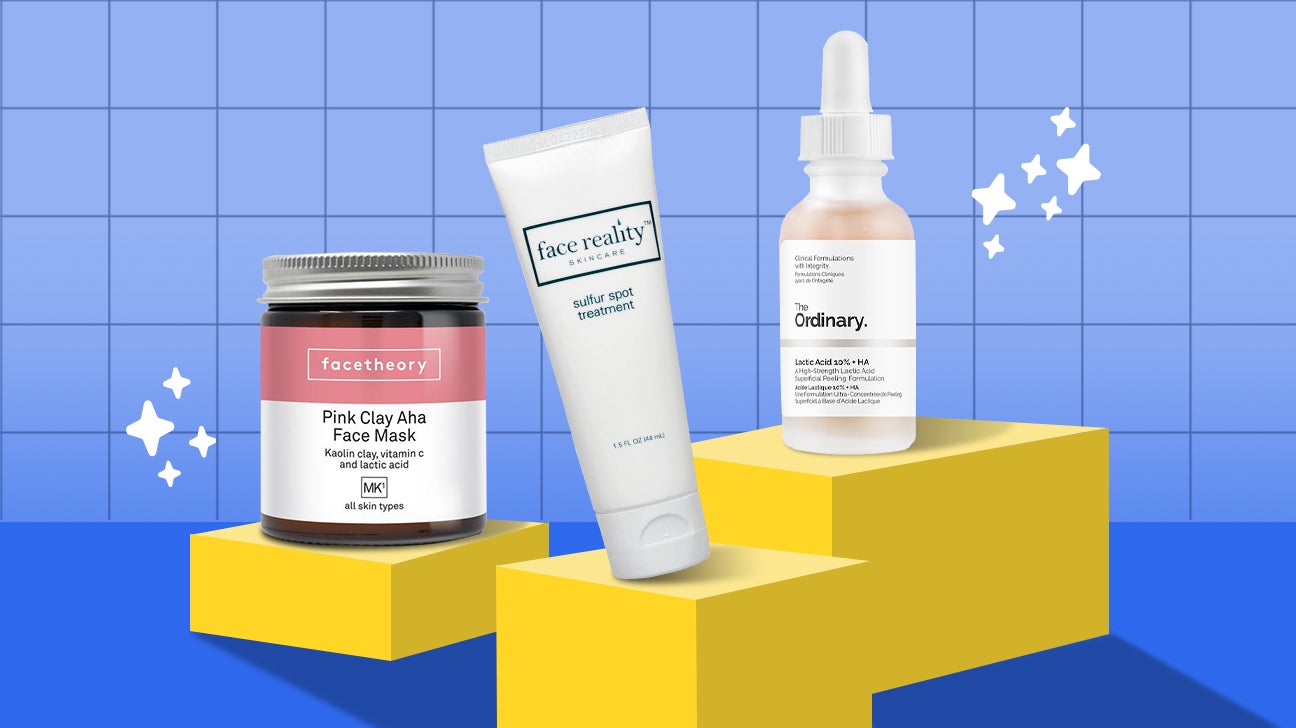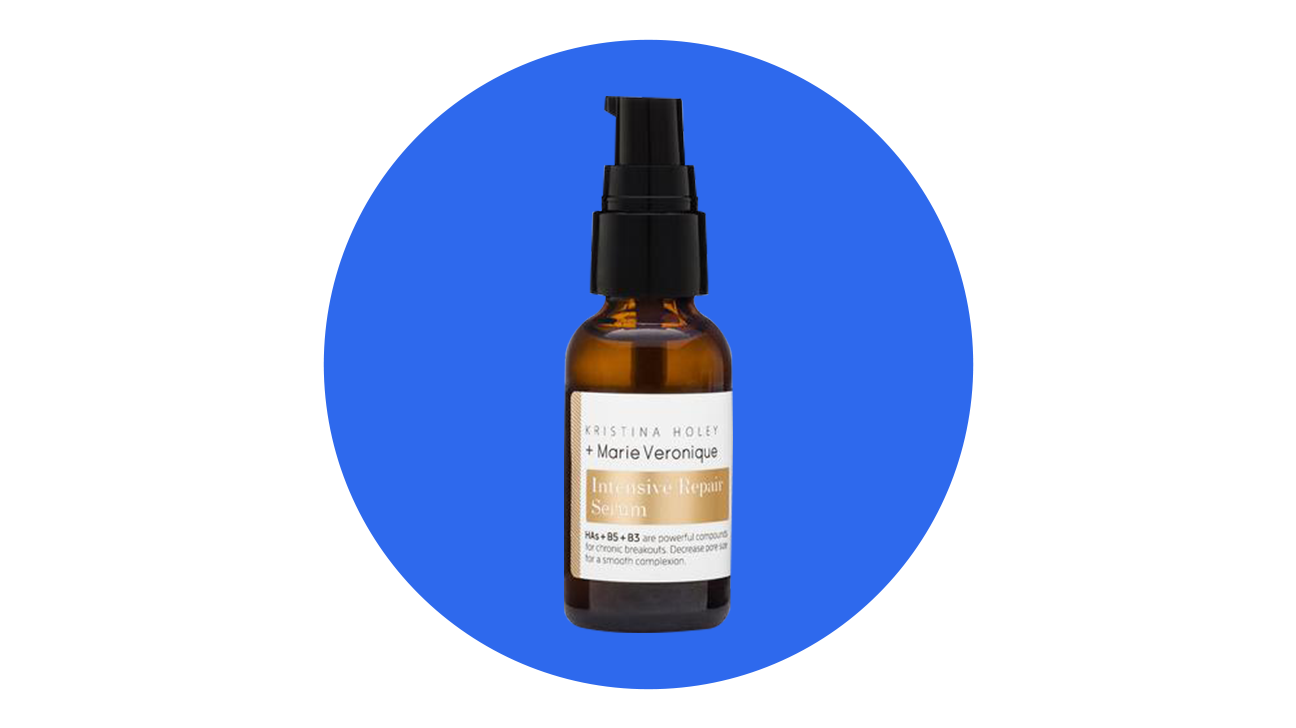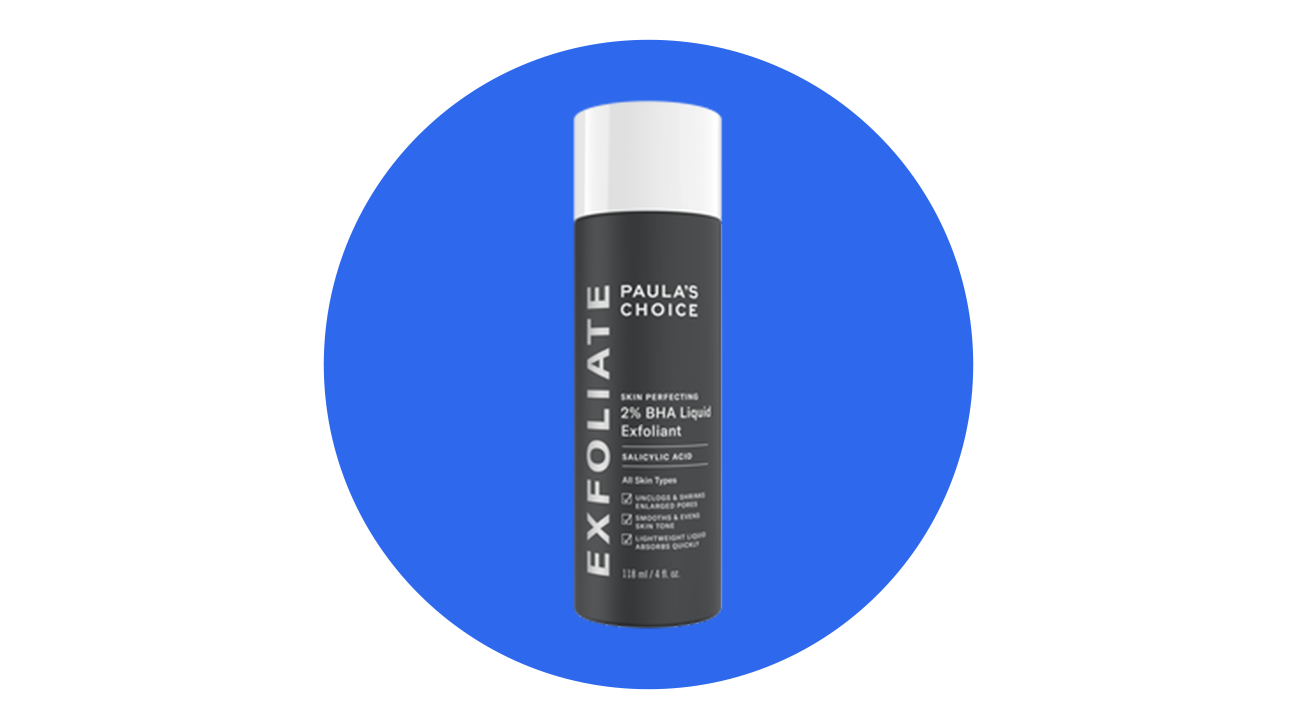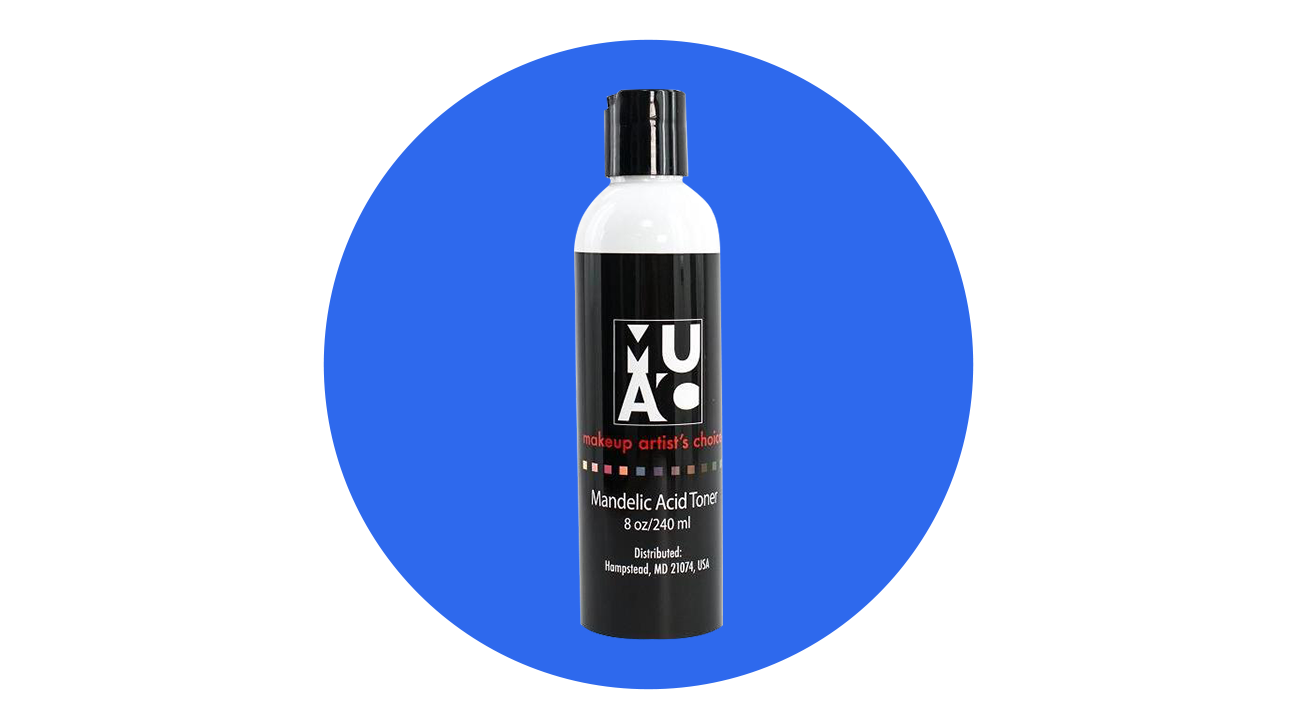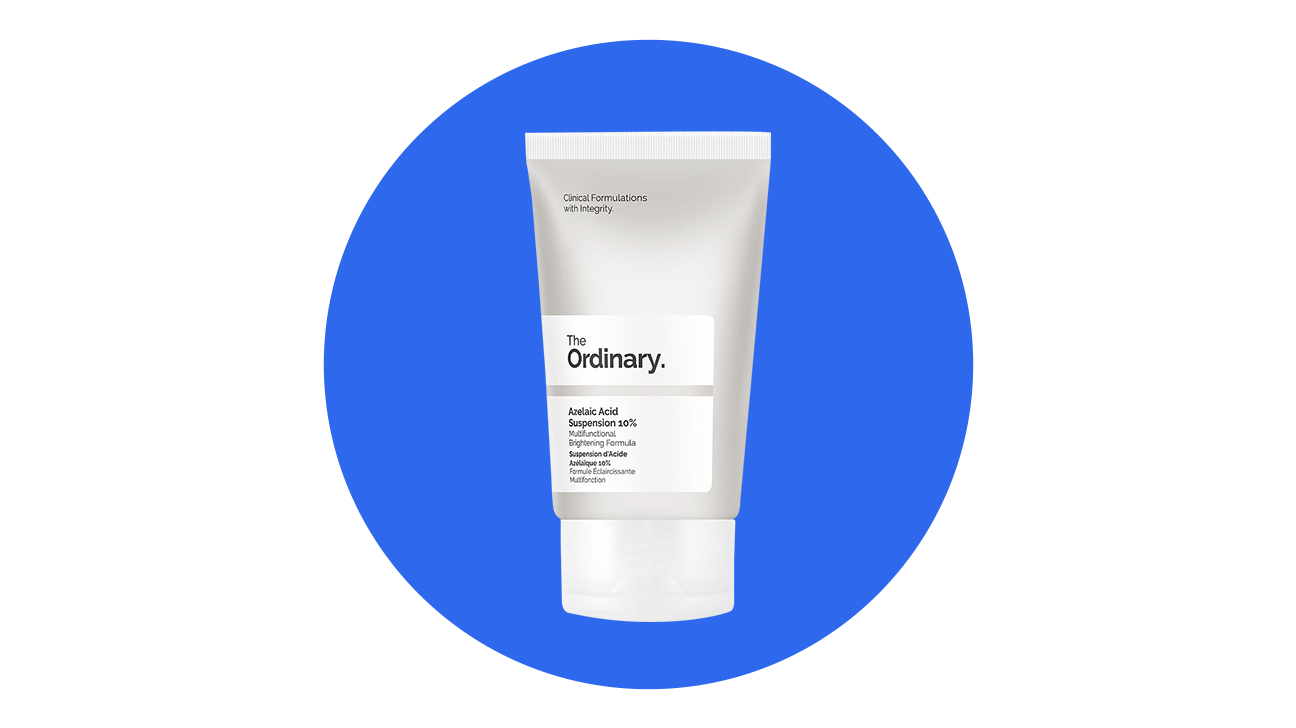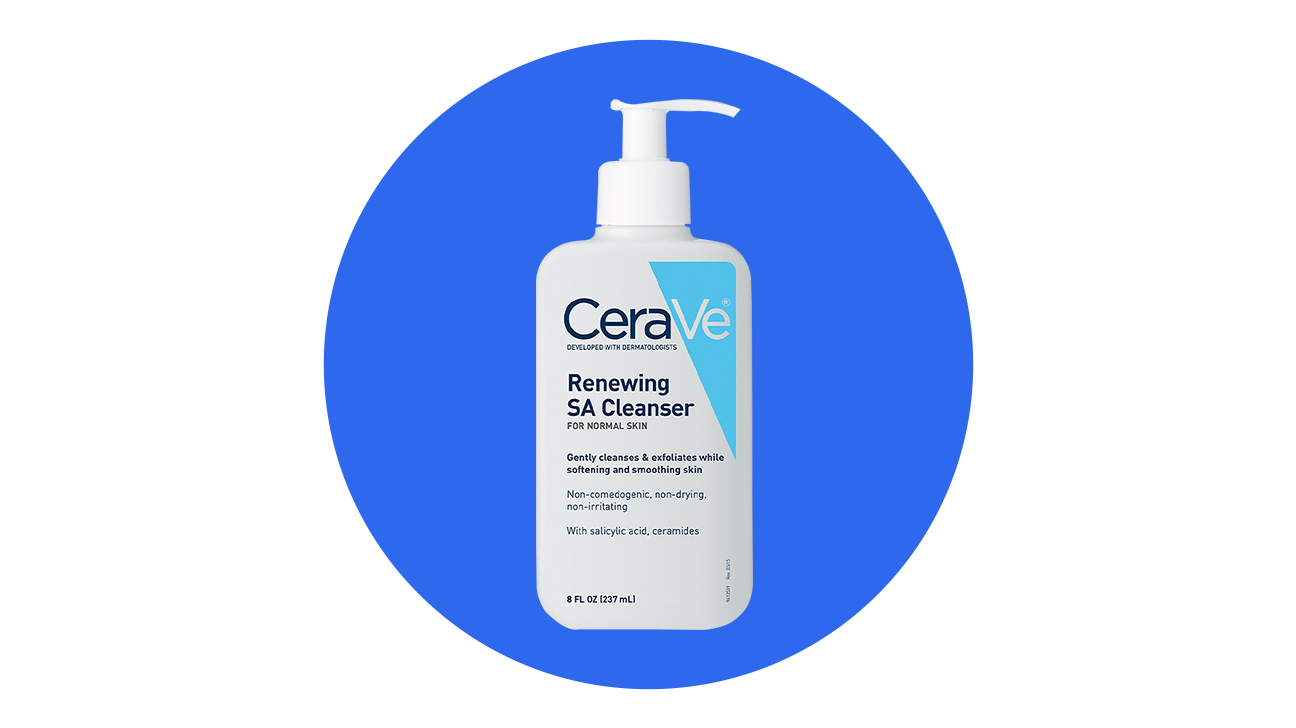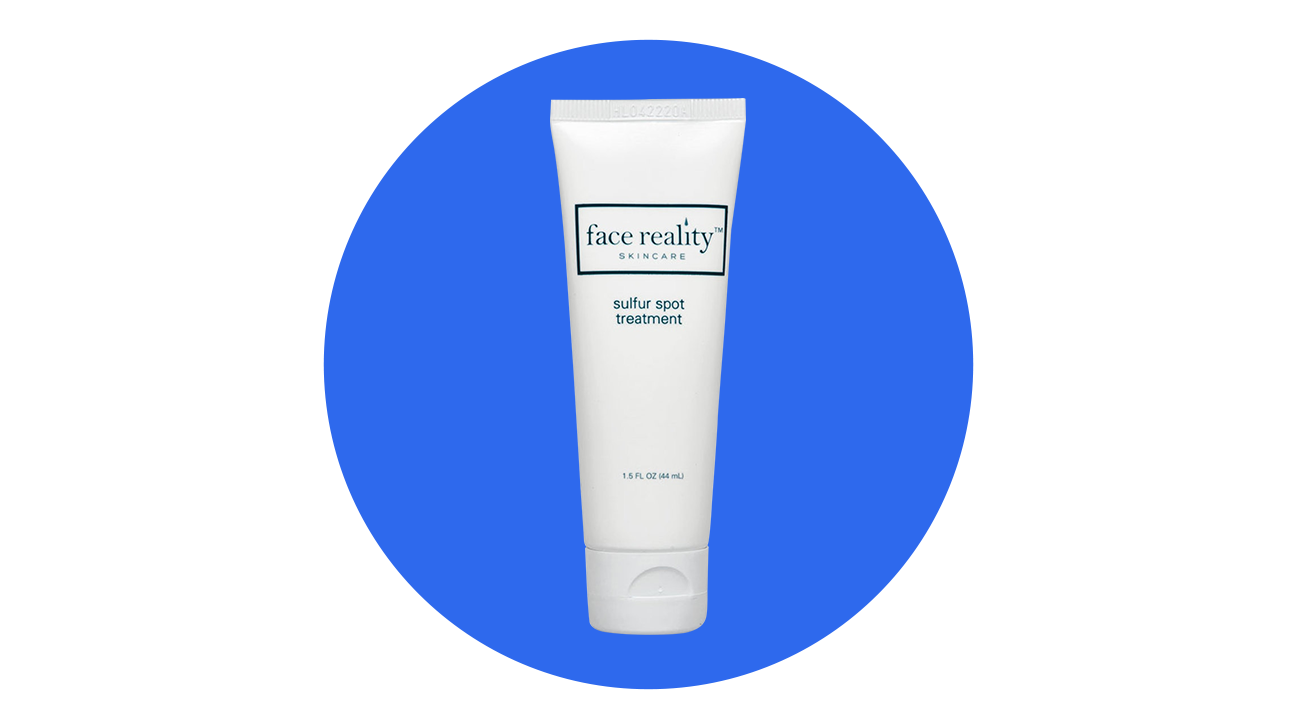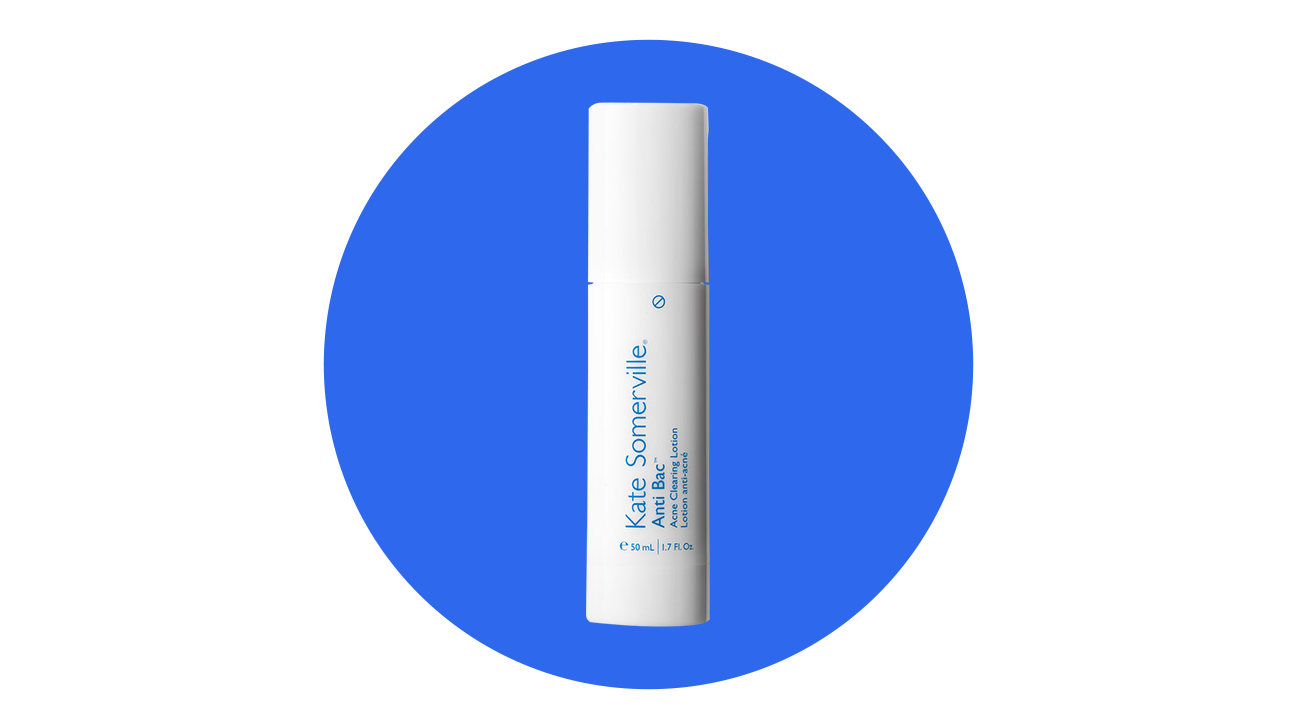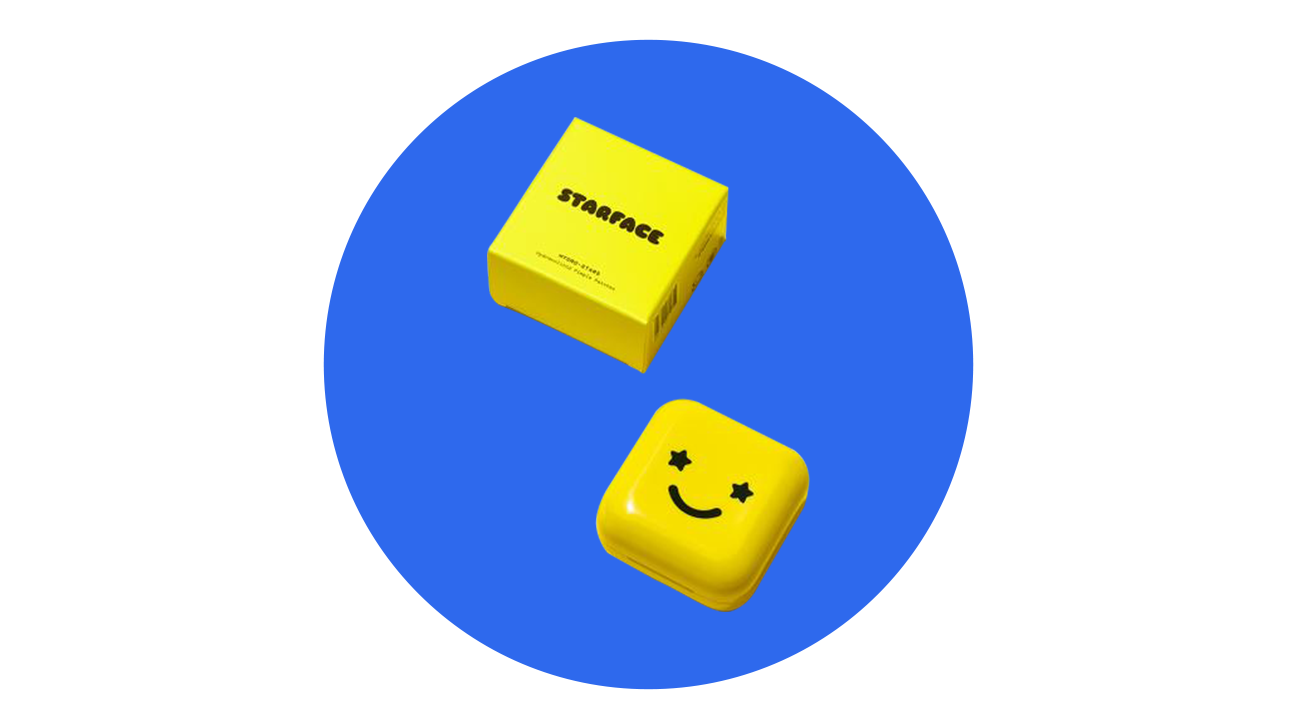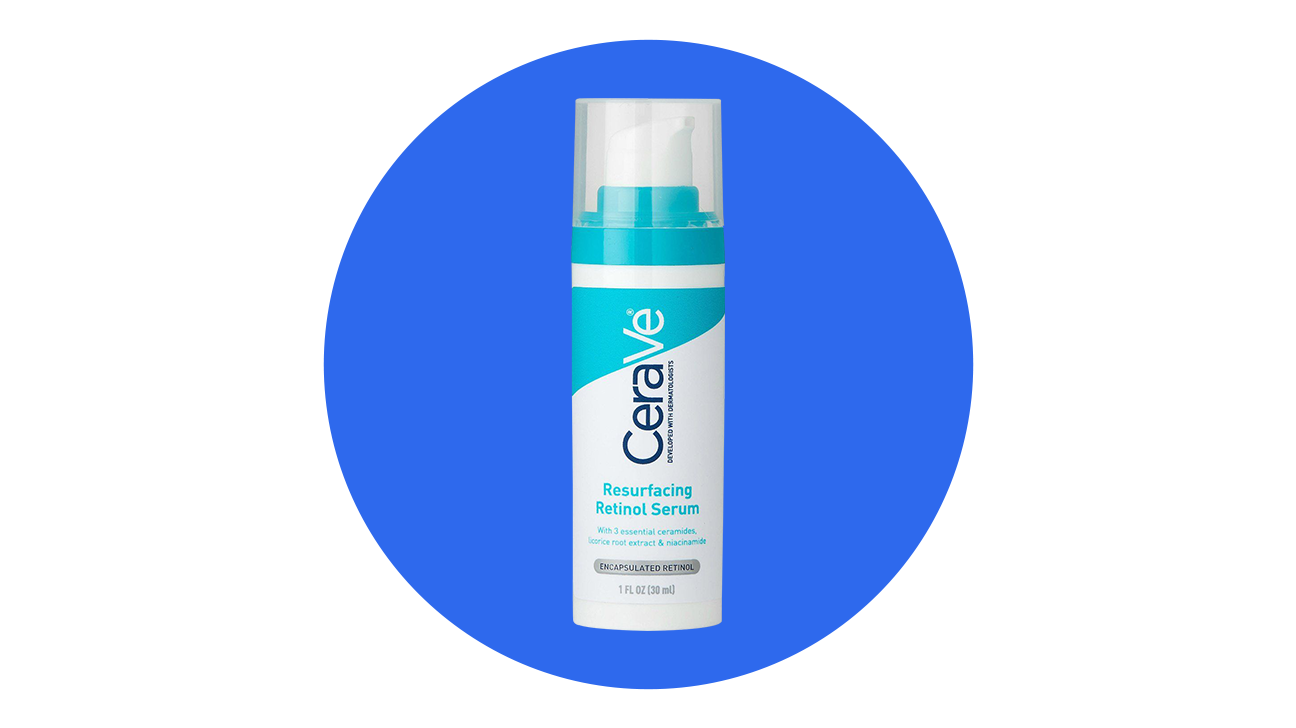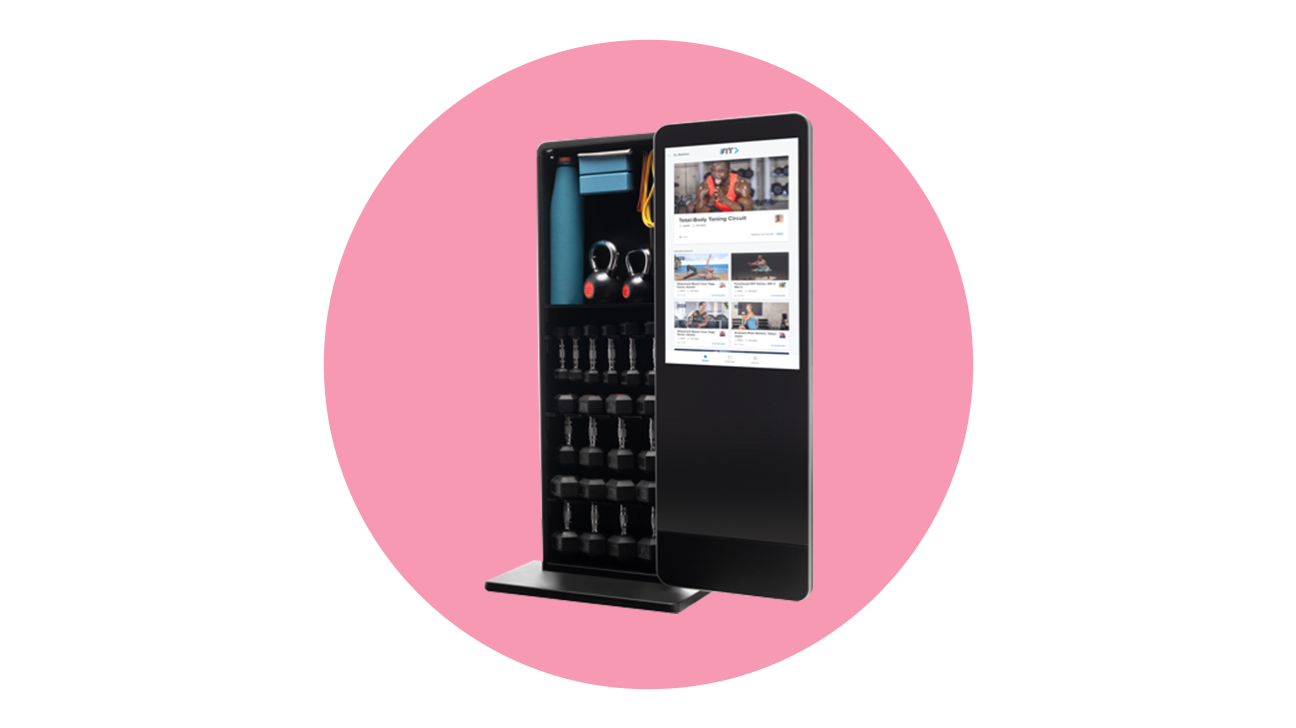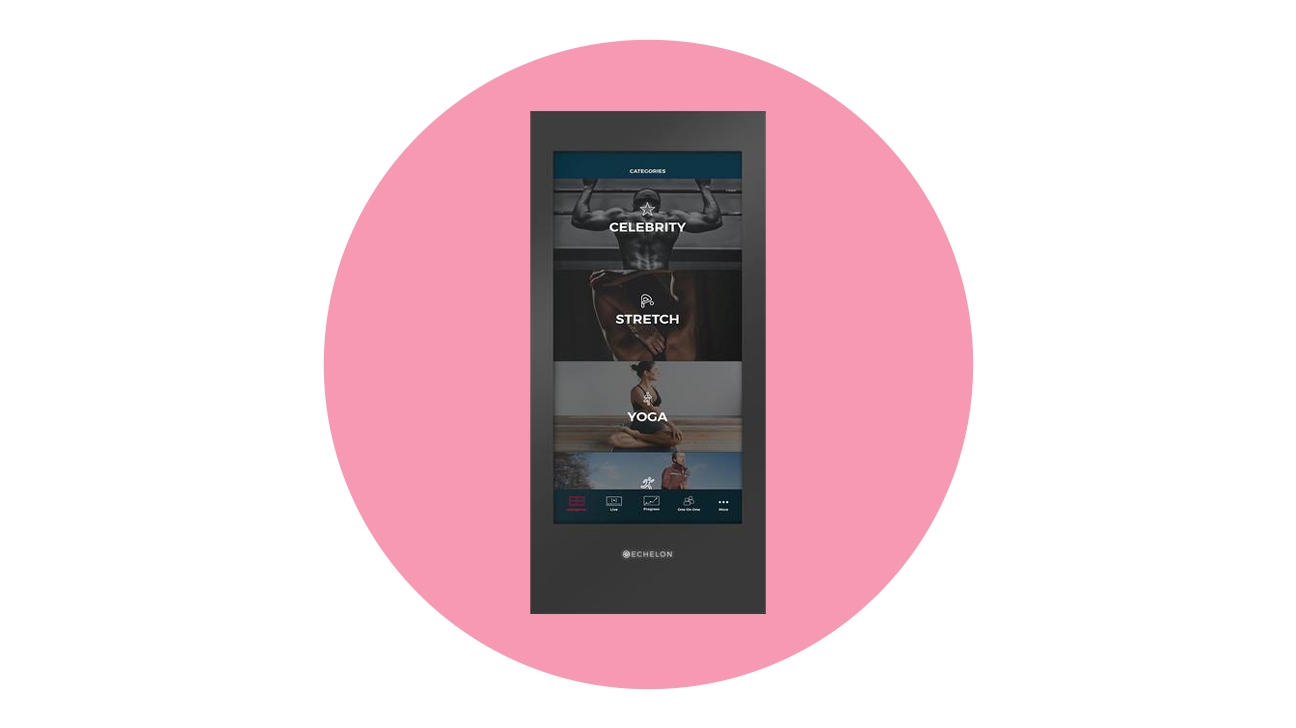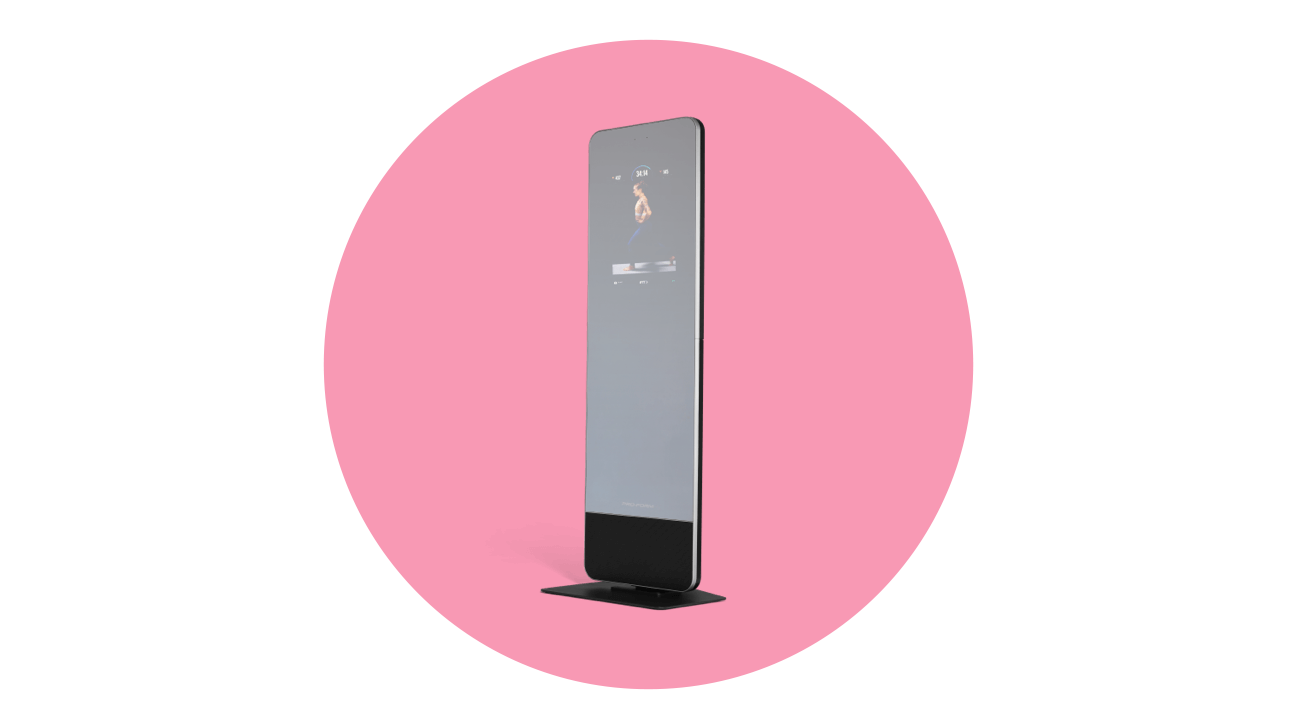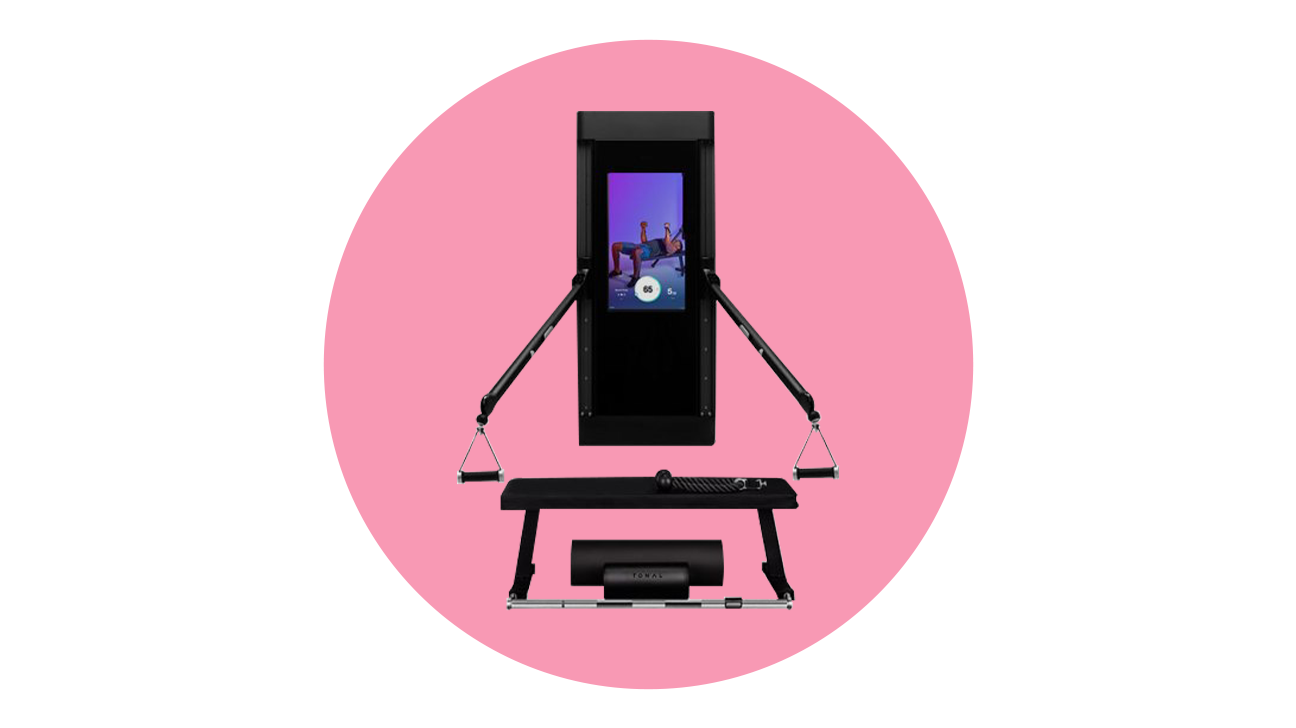When your furbaby is sick or hurt, you’d do anything to make sure they feel better ASAP. But a trip to the vet ER or a lifesaving surgery can cost thousands. Pet insurance can help offset those surprise bills so you can focus on getting your pet the care they need.
Yes, you read that correctly: You can get health insurance for your pet.
Pet insurance isn’t a new thing. But now the concept is gaining popularity, and pet parents everywhere are choosing monthly premiums over big vet bills. Here’s how it works and how to pick the best provider for your fur fam.
Best pet insurance options for 2022
- Best for dogs: Toto Pet Insurance
- Best for cats: Felix Cat Insurance
- Best for puppies: Spot Pet Insurance
- Best for older dogs: Pets Best Pet Health Insurance
- Best for preexisting conditions: Embrace Pet Insurance
- Best for emergencies: Figo Pet Insurance
- Best for hereditary conditions: Trupanion Pet Insurance
- Best for wellness care: ASPCA Pet Health Insurance
- Best for purebred pets: Petplan Pet Insurance
How pet insurance works
It may be health insurance for your pet, but pet insurance works more like car insurance in the human world. When an accident (or illness or exam) happens, you’re on the hook for the vet bill initially. Then you submit a claim to the insurance provider for reimbursement.
Plans have a set monthly premium based on the type of plan and level of coverage you choose.
Some helpful terms to know:
- Reimbursement rate: the percent share of your pet’s eligible expenses that the insurance company will pay you back for
- Annual deductible: what you’ll have to pay out of pocket per year before the insurance coverage will kick in
- Annual limit: the maximum amount of eligible expenses your policy will cover per year
- Waiting period: the time between when you sign up for coverage and when you can actually start to use it
Do you need pet insurance?
There’s a lot to think about when deciding whether to insure your four-legged friend. Let’s break it down with some questions to ask yourself when considering pet insurance.
What’s your pet’s breed?
A quick Google search about your pet’s breed can help you make any insurance decisions.
Purebred animals tend to have more health issues than mixed breeds, and certain breeds are predisposed to more medical conditions than others. (For example, dachshunds are more likely to experience back issues because of their unique spine.)
Knowing your pet’s potential health problems can help you decide whether you should bring in some help to cover them.
How old is your pet?
Just like us humans, pets tend to have more medical issues as they get older. Some pet insurance companies won’t give new plans to pets over a certain age. If they do, it might be super expensive, so you’ll have to weigh whether that higher cost is going to be worth it.
If you start coverage while your pet is young, most providers will let you keep the plan for the lifetime of the animal.
How active is your pet?
If your furbaby is a couch potato, you may not need to worry about unforeseen accidents. But if your pet is a fearless explorer and always getting into trouble, pet insurance may come in handy.
Just remember, even if you’re not living with Evel Knievel, there’s always a possibility that your pet could develop an unexpected medical condition.
How tight is your budget?
Pet insurance is like any other type of insurance in the sense that you might pay for it and never need it, or you might really need it and not have it. From a financial standpoint, ask yourself what will be more of a burden to your budget: paying a monthly premium or paying for a possibly large surprise expense.
“Pet owners who most benefit from pet insurance include people for whom this type of unexpected bill would be an extreme hardship,” says Jamie Freyer, a doctor of veterinary medicine and a guest contributor at Honest Paws.
“Advanced preparation in the form of pet insurance can help minimize the stress associated with an emergency and ensure that you do not have to make difficult decisions for your pet based on finances.”
Benefits and drawbacks of pet insurance
PROS
- It can help with any large, unexpected vet bills.
- You won’t be stuck choosing between your budget and the health of your furbaby.
- You can minimize any debt you might take on when paying for your pet’s medical expenses.
- You know your pet has access to the care they need.
CONS
- You may end up paying more in the long run if your pet stays healthy and accident-free.
- Preexisting conditions are rarely covered.
- You’ll probably still have to pay for routine preventive care.
- Premiums might go up as your furry friend gets older.
How we chose the best pet insurance
Choosing your pet’s health plan can be just as overwhelming as choosing your own, so we dug deep into the pet insurance world to understand what really matters when picking a plan.
Pet insurance is a personal choice as unique as your beloved furball. And that’s why options are the name of the game when finding the right plan for you and your pet. Here’s what we looked for in our picks.
Type of plan
There are two main types of pet insurance plans:
- Accident only: covers accident-related medical care only
- Accident and illness: covers treatment for accidents as well as sickness-related care (like diagnostic testing, chronic disease, and cancer treatment)
Most plans don’t include preventive or routine coverage. That means you’ll still get the bill for regular exams and teeth cleanings. But many providers offer wellness coverage as an add-on option.
The type of plan that’s right for you depends on your pet and your budget. Our picks include a little bit of everything.
Coverage
Most pet insurance providers will cover basic medical expenses related to accidents and illness. But plans differ when it comes to covering things like:
- hereditary conditions
- dental disease
- microchipping
- alternative therapies
- behavioral issues
It’s important to read the full coverage details and pay extra-close attention to the exclusions. “Some companies may exclude certain breed-related health issues, so it is important to know the health concerns for your breed and investigate whether they would be covered in the event of an emergency,” says Freyer.
Also be aware of waiting periods. All providers have a waiting period from when you enroll in coverage to when you’re actually able to use it. (This prevents folks from signing up for insurance only when they already know they need to use it.)
Customization
We chose insurance providers that provide some kind of customization. Whether it’s through offering multiple plan options or the ability to choose your reimbursement rate, deductible, or annual limit, our picks allow you the flexibility to pick what’s best for you.
Pricing guide
Monthly premiums for pet insurance can vary widely depending on the type of coverage you need and the animal you’re covering. We did our best to gauge where each pick falls, but you’ll need to request a quote to find your specific rate.
- $ = under $30
- $$ = $30–$60
- $$$ = over $60
Best for dogs
Toto Pet Insurance
- Price: $–$$
- Reimbursement rate: 70%, 80%, 90%
- Annual deductible: $100, $250, $500
- Annual limit: $2,500, $7,500, $15,000
- Waiting period: 2 days for accidents, 14 days for illness, 30 days for alternative therapies and behavioral problems, 180 days for knee injuries
- Option for wellness add-on? yes
Toto Pet Insurance wins the Top Dog spot for pet insurance for dogs because it offers solid coverage and plans that start as low as $1 per day. Plus, it offers two add-on options for wellness coverage and a 5 percent multi-pet discount.
Unlike those of some other providers, Toto’s plans cover:
- exam fees
- alternative therapies
- hereditary conditions
- final respects
But there are some age restrictions. If your dog is more than 9 years old, you can only choose the accident-only plan. There are also age limits for the hereditary conditions and final respects coverage.
Best for cats
Felix Cat Insurance
- Price: $
- Reimbursement rate: 70%, 80%, 90%
- Annual deductible: $100, $250, $500
- Annual limit: $2,500, $5,000, $10,000
- Waiting period: 2 days for accidents, 14 days for illness, 30 days for alternative therapies and behavioral problems, 180 days for knee injuries
- Option for wellness add-on? yes
Forget man’s best friend — Felix Cat Insurance is all about the felines. The company specializes in covering cats, so it’s the purr-fect pick.
Felix plans cover a lot, including:
- accidents
- illnesses
- cancer
- diabetes
- emergency care
- alternative therapies
- hereditary conditions
- exam fees
You can choose from three plan options or build your own plan by choosing from three different deductibles and reimbursement levels. But there are some age restrictions, so make sure you read all the details before signing up your feline friend.
Best for puppies
Spot Pet Insurance
- Price: $–$$$
- Reimbursement rate: 70%, 80%, 90%
- Annual deductible: $100, $250, $500, $750, $1000
- Annual limit: $2,500, $4,000, $5,000, $7,000, $10,000, unlimited
- Waiting period: 14 days
- Option for wellness add-on? yes
Spot wins best pet insurance for puppies because it offers plans that cover many things new fur parents need, including microchipping and spaying/neutering. Two levels of preventive care coverage are also available as an add-on.
Spot also covers behavioral needs, including:
- anxiety
- excessive licking
- destruction of the home
- fur pulling
- aggression
- other compulsive behaviors
Reviewers praise how quickly the company processes claims and reimburses. But be sure to read the full policy, because some customers are unpleasantly surprised by the amount they get back.
Best for older dogs
Pets Best Pet Health Insurance
- Price: $–$$
- Reimbursement rate: 70%, 80%, 90%
- Annual deductible: $50, $100, $200, $250, $500, $1000
- Annual limit: $5,000, unlimited
- Waiting period: 3 days for accident, 14 days for illness, 6 months for knee conditions
- Option for wellness add-on? yes
If your furbaby is more like a fur senior citizen, Pets Best may be your best bet. Here’s why it wins best pet insurance for older dogs:
- There’s no upper age limits, meaning you can insure your dog at any age.
- You have the option to choose no annual limit.
- They offer a 24/7 pet hotline to answer any questions or help with an emergency.
Pets Best also offers two routine care add-on options and accident-only plans for less than $10 per month, no matter what your dog’s breed or age.
Customers say the claims process is easy, but some say the company is slow to reimburse. Some reviewers also complain that customer service won’t be winning best in show anytime soon.
Best for preexisting conditions
Embrace Pet Insurance
- Price: $–$$
- Reimbursement rate: 70%, 80%, 90%
- Annual deductible: $200, $300, $500, $750, $1,000
- Annual limit: $5,000, $8,000, $10,000, $15,000, $30,000
- Waiting period: 2 days for accident, 14 days for illness
- Option for wellness add-on? yes
Here’s the deal with preexisting conditions: Pet insurance generally won’t cover them outright. But Embrace wins best pet insurance for preexisting conditions because they have a bit of a loophole.
If your pet’s preexisting condition is “curable,” the company says it will be covered after your pet has been symptom- and treatment-free for a year. Embrace also offers what they call a diminishing deductible: For every year your pet doesn’t have a claim, your deductible goes down by $50.
Reviewers say the claims process is quick and hassle-free. But some customers complain that Embrace is a little too deny-happy when it comes to claims.
Best for emergencies
Figo Pet Insurance
- Price: $–$$
- Reimbursement rate: 70%, 80%, 90%, 100%
- Annual deductible: $100, $250, $500, $750
- Limits: unlimited
- Waiting period: 3 days for accidents, 14 days for illness, 6 months for knee conditions
- Option for wellness add-on? no
Emergency trips to the animal hospital can get very pricey. Figo wins best pet insurance for emergencies because it offers options for 100 percent reimbursement and no annual limit.
The company also has a cool app that includes features like:
- 24/7 access to a vet
- AI for help submitting a claim
- storage for pet medical records
- help connecting with other pet owners around you
- help finding pet-friendly locations
Some customers praise the claims process and say they got their reimbursement quickly and with no issues. But others complain that there’s a disconnect between what customer service says will be covered and what actually gets covered.
Bottom line: Read the fine print.
Best for hereditary conditions
Trupanion Pet Insurance
- Price: $$–$$$
- Reimbursement rate: 50%–100%
- Deductible: $0–$1,000
- Limits: N/A
- Waiting period: 5 days for injury, 30 days for illness
- Option for wellness add-on? no
Some pets get the short end of the stick when it comes to their health. A fur child with a hereditary condition usually means lots of trips to the vet. In that scenario, Trupanion can be a true companion.
The company wins best pet insurance for hereditary conditions because it offers:
- unlimited payouts, meaning no limits on reimbursement
- a lifetime per-condition deductible instead of an annual deductible
- the ability to pay your vet directly when you check out
Reviewers say customer service is helpful, caring, and attentive. But some customers complain that the claims process is confusing and claims are wrongfully denied as preexisting conditions.
Best for wellness care
ASPCA Pet Health Insurance
- Price: $–$$
- Reimbursement rate: 70%, 80%, 90%
- Annual deductible: $100, $250, $500
- Annual limit: $3,000, $4,000, $5,000, $7,000, $10,000
- Waiting period: 15 days
- Option for wellness add-on? no
You love your furbaby through sickness and health, but pet insurance companies focus mostly on the sickness part. Well, not the ASPCA Complete Coverage plan. It covers all your basic accident and illness needs and then some.
It wins best pet insurance for wellness care because the base plan includes:
- exam fees
- prescription medication
- prescription food and supplements
- alternative therapies (like acupuncture, physical therapy, chiropractic care, rehabilitative therapy, hydrotherapy, and low-level laser therapy)
- behavioral problems (like excessive licking, fur pulling, pacing, and destructive chewing)
Plus, there are two options for wellness care — one under $10 per month — that include:
- annual wellness exams
- vaccines
- flea and tick medication
- heartworm prevention
- screenings
Reviewers love the coverage and the rates and say the plan pays for itself. But some customers report technical issues enrolling in and managing their plans.
Best for purebred pets
Petplan Pet Insurance
- Price: $–$$$
- Reimbursement rate: 70%, 80%, 90%
- Annual deductible: $250, $300, $500
- Annual limit: $5,000, $15,000, unlimited
- Waiting period: 15 days
- Option for wellness add-on? no
Should your furry friend be faulted for their bloodline? Petplan doesn’t think so. It wins best pet insurance for purebred animals because, unlike many other providers, it will cover breed-specific conditions.
Petplan also covers some other uncommon items, including:
- virtual vet visits
- boarding fees during hospitalization
- dental injury and disease for all your pet’s adult teeth, not just the canines
Reviewers praise the customer service team for going above and beyond. But customers complain about unexpected rate increases.
How to find the best pet insurance for you and your pet
Choosing insurance for your furbaby is a big decision. So when it’s time to go shopping, don’t rush it. Here’s some advice for choosing pet insurance.
Consider your pet
Think about your pet’s breed, lifestyle, and age to determine what kind of coverage you need and how much. Check with your vet to see what the costs are for the treatments your pet is most likely to need.
Choose a type of plan
Depending on your budget and your pet’s potential needs, choose the type of plan that makes the most sense for you: accident-only or accident and illness. Think about whether you want any add-on services.
“If you would like to have coverage for products and services such as vaccinations and flea and heartworm preventive, look for plans that offer preventive care,” says Freyer.
Get quotes
Shop around. Some providers give a lot of detailed information on their websites, while others keep it vague. Get quotes from several insurance companies so you can see what your true costs would be.
Be sure to check the following in each quote:
- monthly premium
- copays or coinsurance
- deductible(s)
- reimbursement rate
- maximum limits (per incident, annual, lifetime)
Read the details
You don’t want any surprises. Read the full policy for each provider to understand:
- what is and isn’t covered
- whether there’s a waiting period and, if so, what it is
- where the insurance is accepted
- the process to submit claims and receive reimbursement
- how the coverage changes as your pet ages
Research the provider
Get to know the company that’s going to help you care for your furry friend. Some pet insurance providers offer cool features like 24/7 support lines, pet to-do reminders, and apps to connect you with other pet owners in your area.
But don’t rely solely on the company’s website for information. Check reviews in places like the Better Business Bureau and Trustpilot to read what customers have to say about the claims process and customer service.
Bottom line
Your pet is part of your family. Pet insurance can give you peace of mind that your furbaby’s medical bills will never get too scary. But as with other forms of insurance, it can be confusing to pick the coverage that’s right for you, and you may end up fighting to get claims covered.
Our verdict: If your budget can manage a monthly premium but you don’t have lots of savings for potential emergencies, pet insurance may be worth a look.
from Greatist Health RSS Feed https://bit.ly/3xDPQuu

